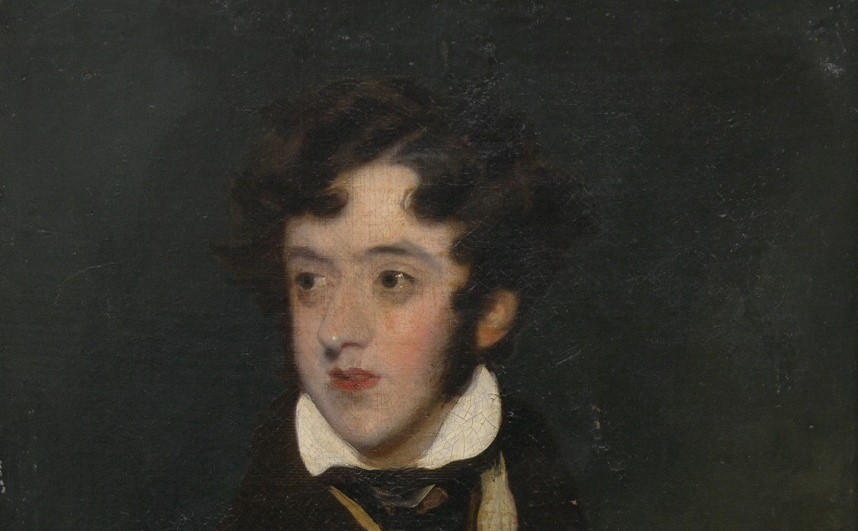He is one of the painters who influenced 19th century American painting: Who is Washington Allston?
He took the painting beyond the borders of portraiture and provided the birth and establishment of some important understandings.

(1779-1843) American painter. He is one of the most important pioneers of the romantic movement in the USA. He was born in South Carolina. After completing his higher education at Harvard University in 1800, he continued his art studies in Charleston. He went to England in 1801, studying at the Royal Academy as a student of Benjamin West. He was in Paris from 1803-1804 and in Italy between 1804-1808. There, he met the English poet Samuel Taylor Coleridge and the American writer Washington Irving. He returned to the United States in 1808, married, and settled in Boston. He went to England again with his wife in 1811, but after a while, he returned to the USA upon the death of his wife; He lived there from 1818 until his death. Allston's life, especially in his last years, was spent in isolation in a circle of artists only. His efforts to go beyond the usual portrait work were not understood outside of a narrow circle of artists. He died in Cambridgeport.
Washington Allston ARA (November 5, 1779 – July 9, 1843) was an American painter and poet, born in Waccamaw Parish, South Carolina. Allston pioneered America's Romantic movement of landscape painting. He was well known during his lifetime for his experiments with dramatic subject matter and his bold use of light and atmospheric color. While his early artworks concentrate on grandiose and spectacular aspects of nature, his later pieces represent a more subjective and visionary approach.
On his first trip to England, Allston worked with West, who had shifted from the neo-classical style to Romanticism, and took an interest in Fuseli and Turner; Inspired by Martin's romance. The drawing and use of color techniques he learned at the Royal Academy formed the basis for the "foggy atmosphere" he needed in his later romantic works. Allston's romanticism appears in his works, which focus on dramatic and supernatural subjects and include mysterious and frightening aspects of nature.
During his stay in Paris, he was influenced by Poussin and Salvator Rosu, and in Italy, he took an interest in Venetian School painters such as Titian, Tintoretto, and Veronese; adopted their moving technique and color harmony. He tried to assimilate these features in his paintings and landscapes on history and literature, and he produced products in the gothic style on his second visit to England.
During his years in the USA, he made humorous “genre” paintings with portraits of his relatives. The nationalist sentiments that had spread in this country with the independence of the country caused attention, especially to the local landscape, portrait, and genre paintings. But this social milieu was also alien to works that went beyond the simple level of comprehension. For Allston, this created contradictions and difficulties. His refusal to participate in the decoration of the Capitol in Washington was the result of his opposition to President Andrew Jackson and the mass culture he symbolized.
Allston, who was also a writer, published a poetry book called The Sylphs of the Seasons in 1810 and an essay called Lectures on Art in 1850.
Especially in his early works, Allston, who took his subjects from the Bible and the history of the First Age, is still one of the painters who influenced 19th-century American painting. He took the painting beyond the borders of portraiture and provided the birth and establishment of some important understandings. His reflection of nature as an independent force has been a major source of inspiration for the Hudson River School. The fact that he tried to reflect the spiritual effects created by nature instead of directly displaying it gave a new direction to the development of the romantic movement in the USA. He influenced Thomas Cole by associating the periodicity of nature and empires. Allston, who was the first US painter to turn to the inner world rather than external reality, prioritized the works of James McNeil Whistler and the non-objective painting understandings of the 20th century by emphasizing the psychological effects of color and form.
